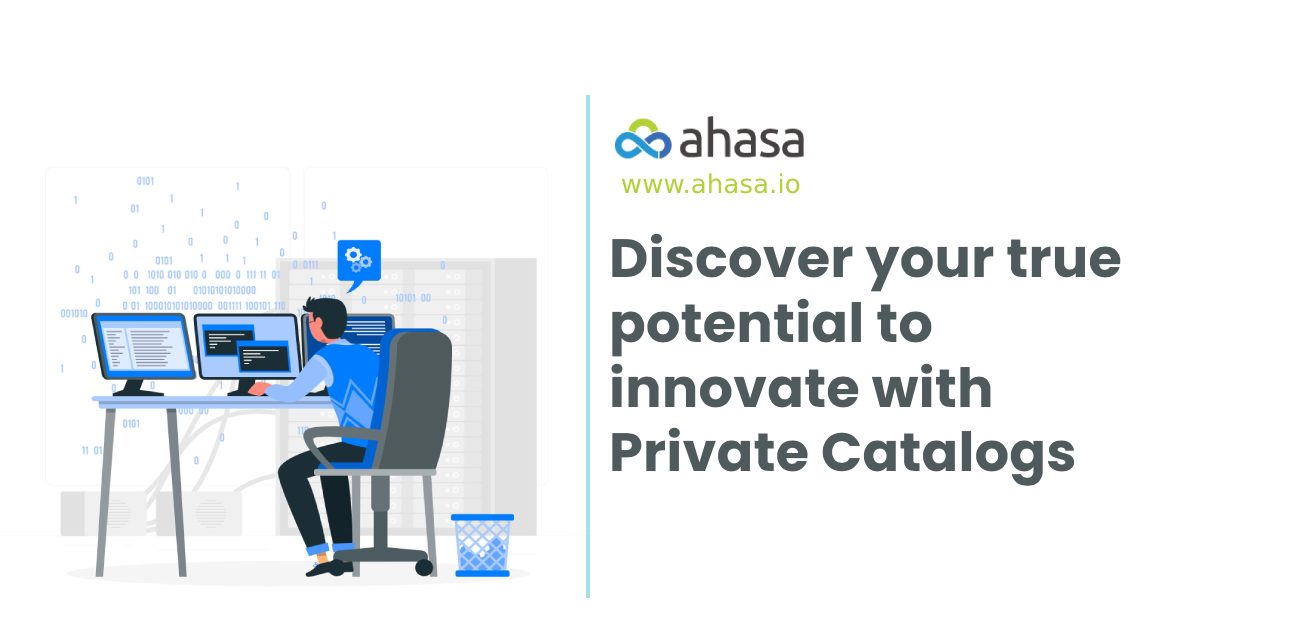Kubernetes is making headlines these days and software developers are pretty busy trying to get on top of the nuts and bolts of its vast integration and deployment capabilities. One of the many benefits of KaaS (Kubernetes as a Service) execution is trying to find a centralised location to design and test your own apps in combination with others.
While most Kubernetes integration platforms out there have options to connect apps, having a central place to design and get creative with multiple apps can be a challenge. Wouldn’t it be just convenient to have a Private Catalog feature on the Kubernetes orchestration platforms that allow developers to bring their own or preferred containerized applications to a fully controlled private product space, which in turn can then be used to create solution designs with a more secure view.
ahasa is currently the only solution in the market that contains such a Private Catalog; the latest feature addition to it Kubernetes orchestration planform.
This Private Catalog allows authorised enterprise user accounts to bring their preferred third-party containerized applications onboard the ahasa platform, allowing a dedicated space via the ahasa Private Catalog of that account to design and create their own solutions based on their specific requirements.
Secure Access to Designs
As the name suggests, Private Catalog denotes that the products onboarded to the orchestration platform is Private and is only visible to users who had onboarded the products, or the authorised /relevant organizational users who are allowed to access to the platform.
With the introduction of such Private Catalogs, enterprises now have the capability to have a wider range of products/solutions made available to deliver on more enriched solution offerings to customers.
Easy Onboarding
Orchestration platforms also need to ensure onboarding functionality of applications are simple to use for convenience of solution execution. The ahasa Private Catalog for example has a three-step product onboarding process for convenience and with a few steps a product can be simply onboarded in less than ten minutes.
Step 1: Onboard the product – First step is to onboard the product – this can be done for either the ones in the Private Catalog which are Internal products of your company and for those third-party product references.
Step 2: Version management is also a key feature when managing apps– The users must be able to add the version and product container details in the system.
Step 3: Publish & Push – The final step is to publish and push the product release to be visible in the Private Catalog.
The onboarding methodologies can be twofold: Either by adding all relevant product containers, services and all other technology related information manually or by entering a helm repository information and importing all information related to a product from your helm repository.


